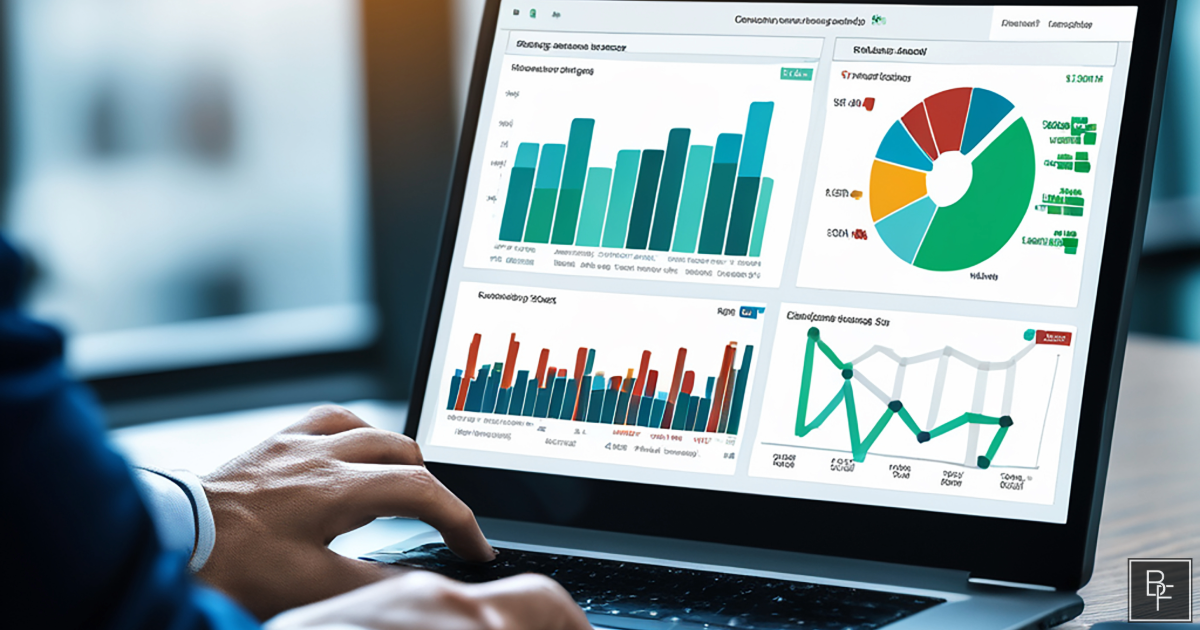

In the rapidly evolving landscape of business, leaders are increasingly recognizing the power of data-driven decision-making. The ability to harness the insights buried within vast datasets can be a game-changer for organizations seeking to navigate challenges, identify opportunities, and stay ahead of the competition. This article serves as a comprehensive guide for leaders, exploring the importance of data-driven decisions and providing practical insights on how to implement effective data analysis strategies.
Data-driven decision-making involves using relevant data to inform and guide the decision-making process. Whether in marketing, sales, finance, or operations, leveraging data empowers leaders to make informed choices based on evidence rather than intuition alone. The benefits are manifold, including improved accuracy, reduced risks, and enhanced overall organizational performance.
To harness the power of data, leaders must first understand their data ecosystem. This involves identifying the sources of data within the organization, both internal and external. Internally generated data may include customer transactions, employee performance metrics, or operational efficiency data. External sources could range from market trends and competitor analyses to demographic information. A comprehensive understanding of the data landscape lays the foundation for effective analysis.
Creating a data-driven culture is pivotal for successful implementation. Leaders should foster an environment where employees at all levels recognize the value of data and feel empowered to contribute to the data-driven decision-making process. Providing training on data analysis tools and techniques, promoting data literacy, and highlighting success stories of impactful data-driven decisions can instill a culture that embraces the use of data as a strategic asset.
Choosing the right data analysis tools is critical for extracting meaningful insights. Depending on the complexity of the data and the specific needs of the organization, leaders may opt for tools ranging from spreadsheet software to advanced analytics platforms. Investing in user-friendly tools that align with organizational goals and facilitate collaboration among teams is key. Additionally, leaders should ensure that the chosen tools comply with data security and privacy standards.
To effectively measure progress and success, leaders must define Key Performance Indicators (KPIs) relevant to their objectives. These metrics should align with organizational goals and provide a quantifiable way to track performance. Whether focusing on sales growth, customer satisfaction, or operational efficiency, well-defined KPIs serve as the compass for data-driven decision-making. Regularly reassessing and refining KPIs ensures alignment with evolving business priorities.
Predictive analytics takes data analysis to the next level by forecasting future trends and outcomes. Leaders can leverage predictive models to anticipate market shifts, identify potential risks, and optimize resource allocation. Implementing predictive analytics requires a combination of skilled data scientists, advanced algorithms, and quality historical data. Leaders should collaborate with data experts to integrate predictive analytics seamlessly into the decision-making process.
Data visualization transforms complex datasets into easily understandable visual representations. Leaders should prioritize creating compelling visualizations such as charts, graphs, and dashboards to communicate insights effectively. Tools like Tableau, Power BI, or Google Data Studio can assist in translating raw data into actionable information. Visualization not only enhances comprehension but also facilitates faster decision-making by highlighting trends and patterns.
Data-driven decision-making is an iterative process that thrives on continuous improvement. Leaders should encourage a feedback loop where decisions are regularly evaluated, and strategies are refined based on new data insights. This iterative approach allows organizations to adapt swiftly to changing circumstances, ensuring that decisions remain aligned with business objectives.
In an era where information is abundant, leaders who harness the power of data-driven decisions gain a significant competitive advantage. This guide has outlined the importance of understanding the data ecosystem, fostering a data-driven culture, selecting the right tools, defining KPIs, utilizing predictive analytics, visualizing data, and embracing an iterative approach. By implementing these strategies, leaders can navigate the complexities of today's business landscape with confidence, making decisions that are not only informed but also poised for success. As organizations increasingly recognize the transformative potential of data, effective data analysis emerges as an indispensable skill for leaders shaping the future of their enterprises.